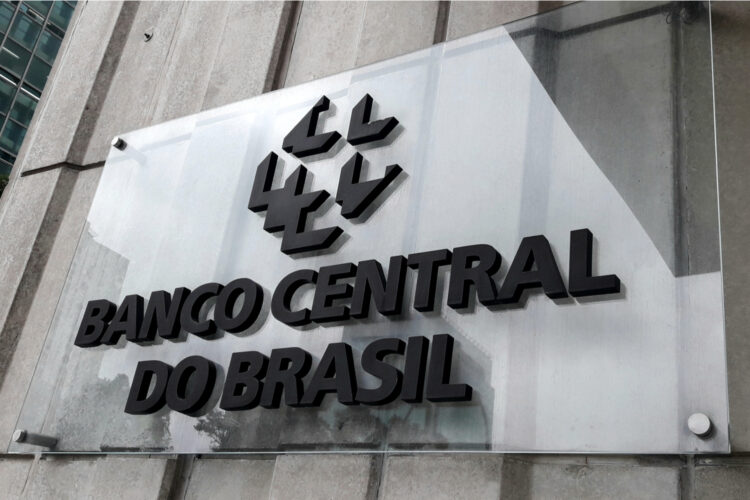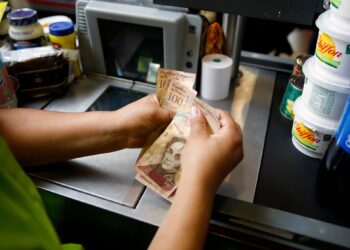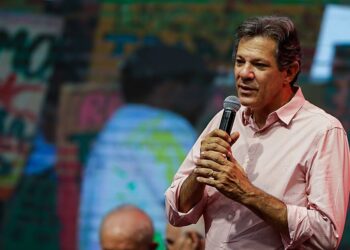Brazilian analysts are adjusting their interest rate forecasts upward in response to the central bank’s recent policy changes, signaling a more restrictive monetary environment ahead. Following a notable increase in interest rates earlier this month, the central bank is responding to strong economic indicators and growing concerns about inflation.
The Selic reference rate, which currently stands at 10.75%, is expected to increase to 11.75% by December 2024, reflecting an increase from previous projections. This change comes from the central bank’s decision to start a tightening cycle to curb strong consumer demand and stabilize inflation, which recently showed a year-on-year increase of 4.12%.
Central Bank President Roberto Campos Neto and his team have revised the economic growth forecast for 2024 for the third time this year, driven by higher public spending and a strong labor market. As a result, analysts anticipate a series of rate increases, with two 50 basis point increases expected later this year. The rate adjustments are seen as a proactive measure to ensure that inflation remains anchored around the 3% target.
Despite optimistic growth prospects, inflation remains a pressing concern. Analysts predict that consumer price inflation will reach 4.37% by the end of 2024 and 3.97% in 2025, remaining above the target set by the central bank. Monetary policymakers have emphasized the need to control inflation expectations to avoid possible long-term consequences on price stability.
In light of these developments, the central bank’s approach to monetary policy has gained renewed attention. As the economy continues to show resilience, economists are closely watching how future rate increases will influence borrowing costs and consumer behavior in Brazil.
This proactive stance reflects a delicate balance between encouraging economic growth and ensuring that inflation does not get out of control. As Brazil navigates these complexities, the implications of its monetary policy will be felt across various sectors of the economy, shaping the financial landscape for both businesses and consumers.















